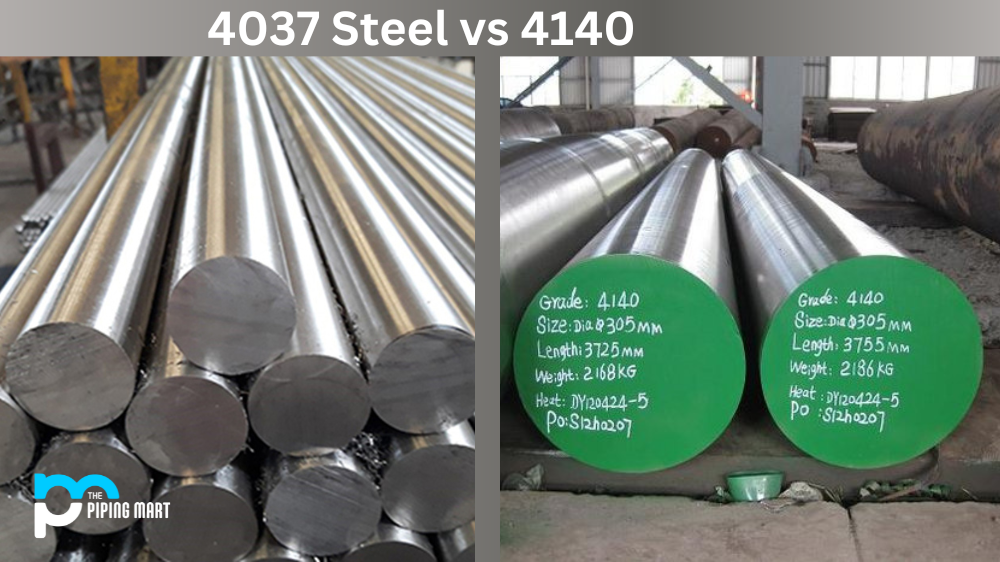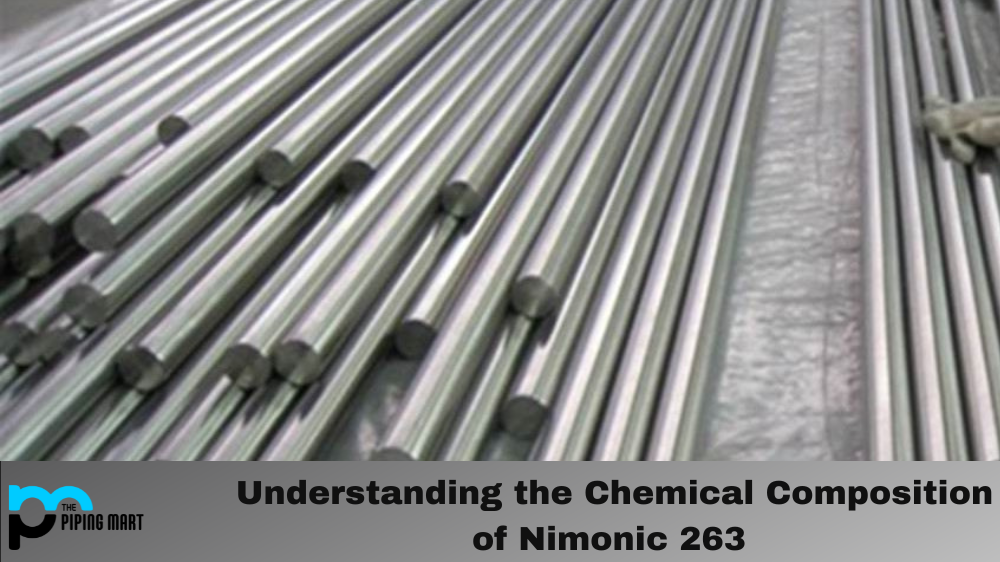When choosing the suitable material for your manufacturing project, picking the suitable steel can make all the difference. Two sheets of steel that often come up in this conversation are 4037 and 4140. While both materials have their benefits, they are different. In this blog post, we will dive deep into the technical differences between 4037 steel and 4140 steel to help you make the right decision for your project.
Let’s talk about what these two materials are made of. 4037 steel is a type of alloy steel that features chromium and molybdenum. It’s often used in manufacturing applications that demand high toughness, such as drills, chisels, and other cutting tools. On the other hand, 4140 steel is a low alloy steel often used in manufacturing applications where strength is the primary concern. It contains both chromium and molybdenum in addition to carbon and manganese.
Difference Between 4037 Steel and 4140
While both materials have similar elements in their composition, the main difference is the carbon content. 4037 steel contains less carbon than 4140, which gives it a toughness advantage. This means that it can withstand more stress without cracking or breaking. On the other hand, 4140 steel has a higher carbon content, which makes it more difficult to weld and shape. However, it also means it can handle higher stress levels without deforming.
Another critical difference between these two materials is their heat treatment. 4037 steel is typically annealed and heat-treated to achieve its desired properties. This process involves heating the steel to a specific temperature, holding it there for a set amount, and then quenching it in a bath of oil or water. In contrast, 4140 steel is often heat-treated using quenching and tempering. This involves heating the steel to a specific temperature, quenching it in a bath of oil or water, and then tempering it to a lower temperature for a more extended period. This process is used to achieve the desired combination of strength and toughness in the final product.
Finally, it’s worth noting that the cost of these two materials can also differ. While the prices vary depending on the supplier, 4140 steel is generally more expensive than 4037 steel due to its higher carbon content and more involved heat treatment process.
Composition
4037 steel contains 0.37% carbon, while 4140 steel contains 0.4%. Both steels contain small amounts of manganese, molybdenum, chromium, and silicon.
Hardness
4037 steel is typically hardness than 4140 steel. This means that it is less likely to deform under high stresses.
Tensile Strength
4037 steel has a higher tensile strength than 4140 steel. This means that it can withstand greater forces before breaking.
Ductility
4037 steel is more ductile than 4140 steel. This means that it can be stretched or bent without breaking.
Applications
4037 steel is typically used for applications that require a combination of high hardness and high ductility, such as gears or shafts. 4140 steel is generally used for applications that require a variety of high hardness and high strength, such as tools or machine parts
Conclusion
So, what’s the verdict? While 4037 and 4140 steel have benefits, choosing between them depends on your specific manufacturing application. If toughness is your project’s top priority, 4037 is likely the better choice. However, if you need a material that can handle high-stress levels and provide superior strength, then 4140 may be the way to go. Either way, consult your steel supplier to ensure you get the suitable material.
Sakshee is a talented blogger, with a particular focus on the Business and Metal Industry. She is passionate about sharing her insights on various metal products and helping professionals to make a better decisions.




